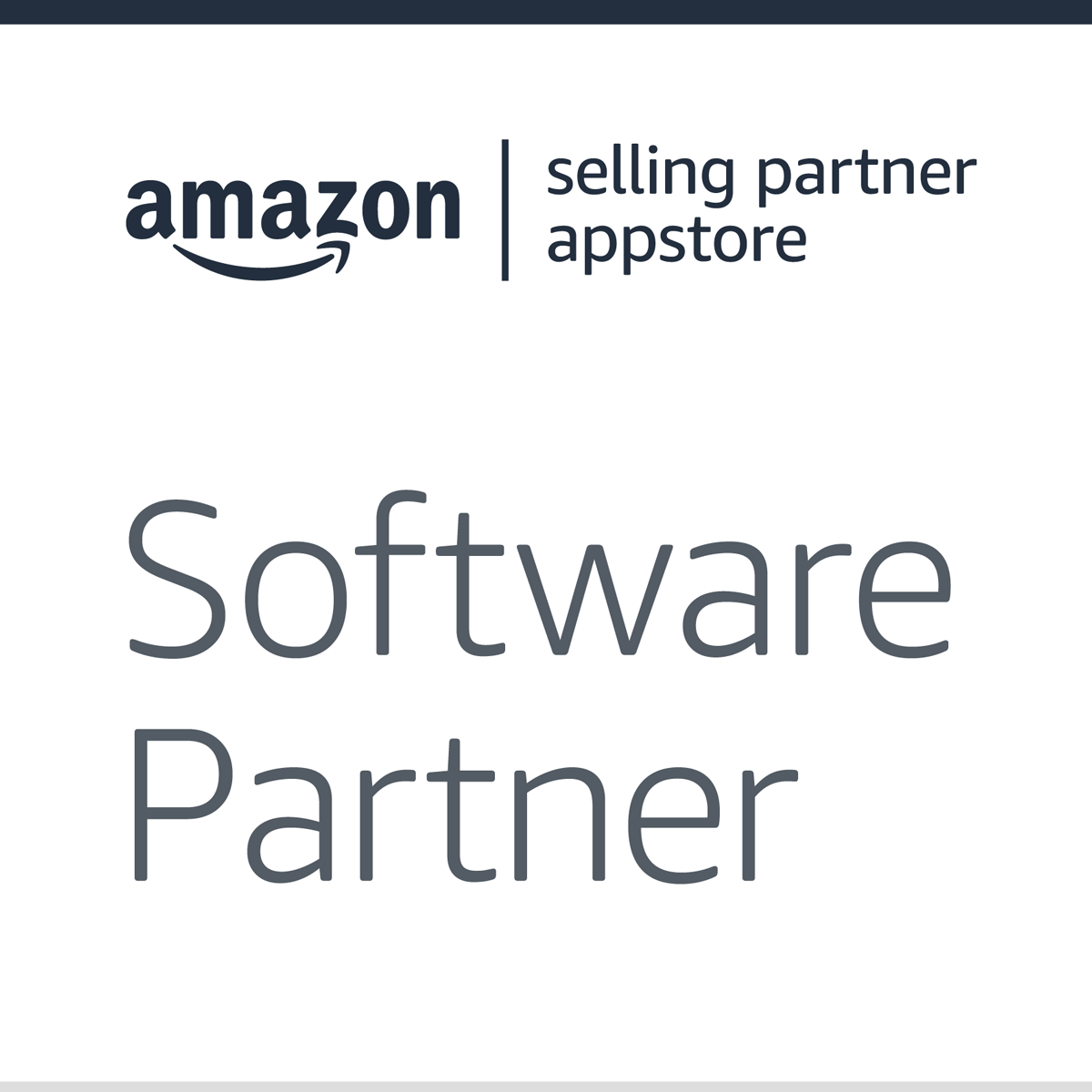Originally published on July 25, 2025, updated July 25, 2025
Menu
Join Our Email List
- Receive our monthly newsletter.
- Stay up to date on Amazon policies.
- Get tips to grow your business.
Let’s be honest Amazon’s fee structure is a bit like trying to read a restaurant menu in a different language... in the dark... while hungry.
From fulfillment and storage to returns and referral fees, there’s a whole lineup of charges silently nibbling away at your profits. And with FBA fees rising by 5.6% in 2024 (Marketplace Pulse), it’s never been more important to know what you're paying—and why..
If you’ve ever opened your Amazon settlement report and muttered, “Wait, what is that charge?” you’re not alone. Let’s break down the main fee categories so you can stop guessing and start strategizing.
Amazon takes a cut every time you make a sale. This is typically 8% to 15%, depending on your product category. Consider it the price of admission to the marketplace.
Fulfillment by Amazon (FBA) means storage, picking, packing, shipping and yes, more fees. These are calculated per unit and can fluctuate based on dimensions, weight, and seasonality.
Pro Tip: Oversized items = oversized charges. Stay lean, friends!
Let's be clear you're renting space in Amazon’s warehouse, and the rent just went up. Fees increase during Q4… and if your products stick around too long.
If you sell in categories with free returns (looking at you, apparel), Amazon might charge a returns processing fee. These sneak up on you.
You may also see:
Amazon doesn’t exactly send a handwritten note saying, “Hey, we took an extra $1.42 here just FYI.” Instead, you’re left digging through spreadsheets and reports with all the joy of a dental cleaning.
But there’s good news: You don’t have to do it manually. Tools like SellerPulse are built to make sense of your Amazon fees fast and show you exactly where your money is going.
Now that we’ve identified the culprits, here’s how to fight back without hurting your customer experience.
Smaller packaging = lower fulfillment and storage fees. Use FBA’s Fee Preview tool or SellerPulse to simulate fees before making changes.
Avoid aged inventory fees by running promotions or removing stagnant products.
Pro tip: SellerPulse alerts you before those items become a financial liability.
Just because something is selling doesn’t mean it’s making you money. Review profitability by ASIN and cut the dead weight.
Use a tool (like, ahem, SellerPulse) that automatically flags high-fee ASINs or changes in fee structures across your catalog.
You’re not running an Amazon business to become a part-time accountant. Let automation do the boring stuff:
All of this comes standard with SellerPulse.
Amazon fees are complex but they don’t have to be a migraine. With the right tools and a clear understanding of how fees work, you can stay profitable, stay competitive, and stay sane.
Know what Amazon is charging you
Take action to reduce waste
Use SellerPulse to get ahead of fee hikes
Think of understanding Amazon fees as tuning up your car before a road trip. You might be able to go without it, but you’ll probably hit a few bumps or stall out completely.
With Amazon’s fee structure always shifting, the best move you can make today is to gain full visibility over your charges and optimize where it counts.
Originally published on July 25, 2025, updated July 25, 2025
This post is accurate as of the date of publication. Some features and information may have changed due to product updates or Amazon policy changes.
These Stories on Amazon
14321 Winter Breeze Drive
Suite 121 Midlothian, VA 23113
Call us: 800-757-6840





Copyright© 2007-2025 eComEngine, LLC. All Rights Reserved. eComEngine®, FeedbackFive®, RestockPro®, and SellerPulse® are trademarks or registered trademarks of eComEngine, LLC. Amazon's trademark is used under license from Amazon.com, Inc. or its affiliates.
No Comments Yet
Let us know what you think